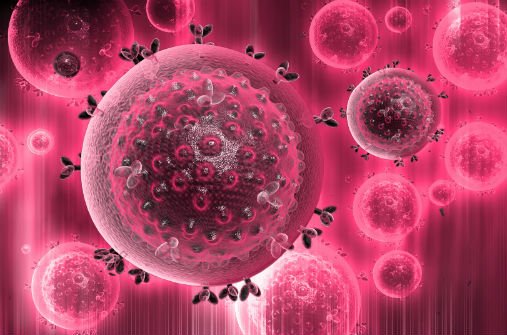Understanding your risk of HIV exposure is a critical step in taking control of your sexual health. While uncertainty can breed anxiety, an HIV probability calculator offers a data-driven approach to demystify risk. By inputting specific details about your behaviors and circumstances, these tools translate complex variables into a clear, personalized probability—empowering you to make informed decisions. Here’s how they work and why they matter.
What Is an HIV Probability Calculator?
An HIV probability calculator is an interactive digital tool that estimates your likelihood of acquiring HIV based on epidemiological data and medical guidelines. Unlike guesswork, it uses algorithms to analyze factors like:
- Sexual activity: Type (vaginal, anal, oral), frequency, and condom use.
- Partner status: Whether your partner is HIV-positive, their viral load (if known), and use of prevention methods like PrEP or TasP (treatment as prevention).
- Substance use: Injection drug use or shared needles, which significantly elevate risk.
- Medical history: Prior HIV tests, STIs, or occupational exposures.
The output is typically a percentage (e.g., “0.3% risk per act”) or a comparative tier (low, moderate, high), reflecting the statistical likelihood of transmission based on population-level trends.
How to Use One Effectively
-
Gather Accurate Information:
Be honest about your experiences. For example, disclose if you occasionally skip condoms or have multiple partners. Incomplete data skews results—transparency ensures reliability. -
Input Details Systematically:
Most calculators guide you through a step-by-step questionnaire. Answer each question carefully:- Example: “Did you use a condom during anal sex?” → Select “no” if that’s the case.
- Example: “What is your partner’s HIV status?” → Choose “unknown” if unsure.
-
Interpret the Results:
A low probability (e.g., <0.1%) might reassure you but shouldn’t replace regular testing. A moderate-to-high result (e.g., >1%) signals a need for action:- Testing: Schedule an HIV/STI test immediately or within recommended windows (e.g., 4–12 weeks post-exposure).
- Prevention: Discuss PrEP with a doctor if you’re at ongoing risk.
- Communication: Talk to partners about testing or viral suppression.
Why These Calculators Are Valuable
- Reduces Uncertainty: Transforms vague fears into concrete numbers, easing anxiety.
- Identifies Blind Spots: Highlights risks you might overlook (e.g., oral sex

